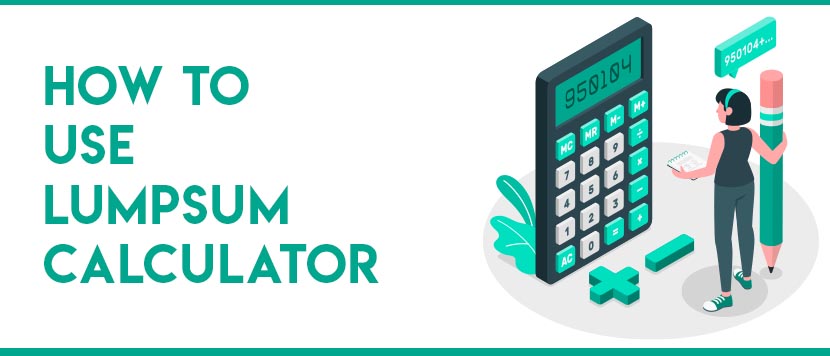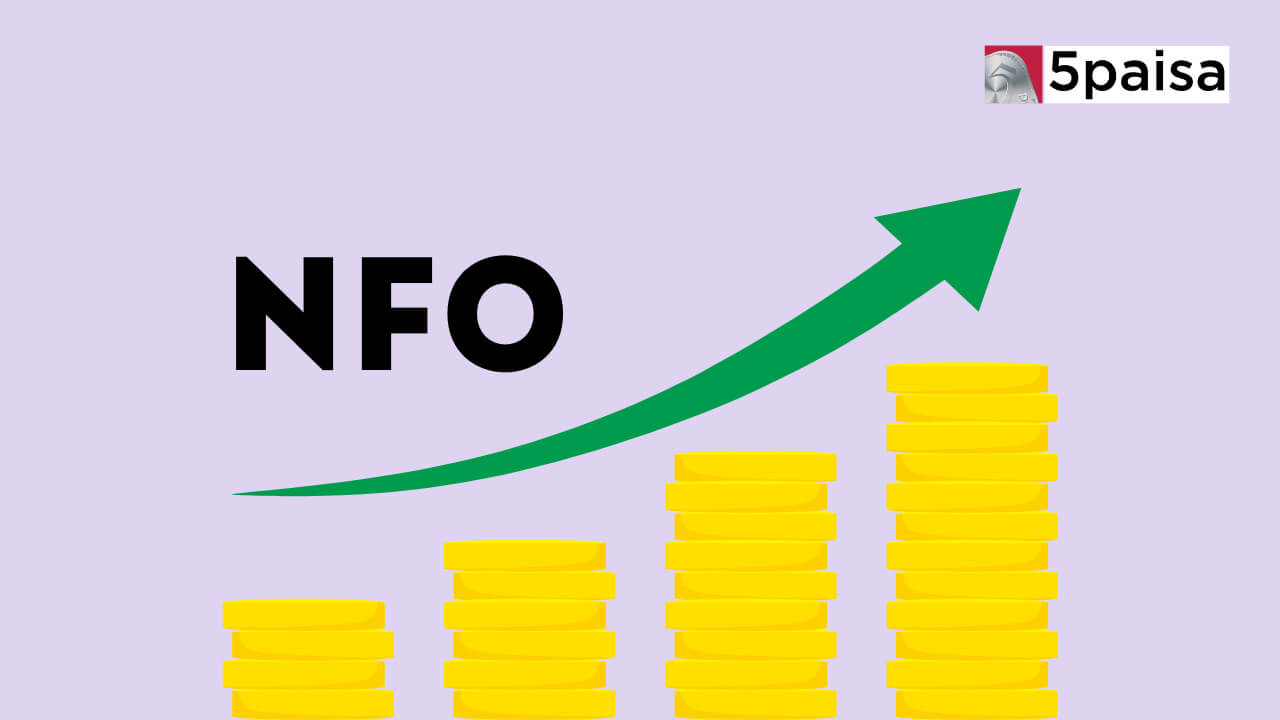How to Use a Lumpsum Calculator for Mutual Funds

Last Updated: 12th December 2022 - 11:26 pm
Financial calculators are an important tool of financial planning. One of the most popular calculators in personal finance planning is the lumpsum calculator. You can understand the lumpsum calculator in terms of two applications.
• Lumpsum calculator can be used to determine, how much a fixed corpus invested today would be worth after a certain number of years and assuming a certain CAGR returns over this period.
• The other application of the lumpsum calculator is actually to look at the above situation in reverse. In practice, we need to know how much corpus we need today to meet our future goals. Lumpsum calculator can be use for goal planning also.
Lumpsum calculator and how much your money will grow
The table captures how much a fixed corpus of Rs.500,000 today will grow at the end of different time periods. The MF portfolio is expected to appreciate at 14% CAGR.
|
At the end of X Years |
Corpus of |
Will grow to |
|
5 years |
Rs.500,000 |
Rs.962,707 |
|
10 years |
Rs.500,000 |
Rs.18,53,651 |
|
15 years |
Rs.500,000 |
Rs.35,68,969 |
|
20 years |
Rs.500,000 |
Rs.68,71,745 |
|
25 years |
Rs.500,000 |
Rs.1,32,30,958 |
The lumpsum calculator clearly shows how a fixed corpus grows on its own over different periods of time. Clearly, the longer you hold, the better it is.
Lumpsum calculator for goal planning
A more practical way is to use a lumpsum calculator for goal planning. For example, if you target to reach a corpus of Rs.1 crore after 20 years in mutual funds at a CAGR of 14%, what would be the initial investment requirement. Here again, the lumpsum calculator can show you how much you need to start off with today.
Also Read: SIP Calculation: How to Make Rs. 1 Crore for Retirement
For example, if you want to reach a target of Rs.1 crore, as in the above case, you must start off with a corpus of Rs.727,617 and invest it in mutual funds with CAGR potential of 14% annualized and hold on for 20 years. The lumpsum calculator provides financial planning analytics both ways.
- 0% Commission*
- Upcoming NFOs
- 4000+ Schemes
- Start SIP with Ease
Trending on 5paisa
Mutual Funds and ETFs Related Articles
Disclaimer: Investment in securities market are subject to market risks, read all the related documents carefully before investing. For detailed disclaimer please Click here.
 5paisa Research Team
5paisa Research Team
 Sachin Gupta
Sachin Gupta




